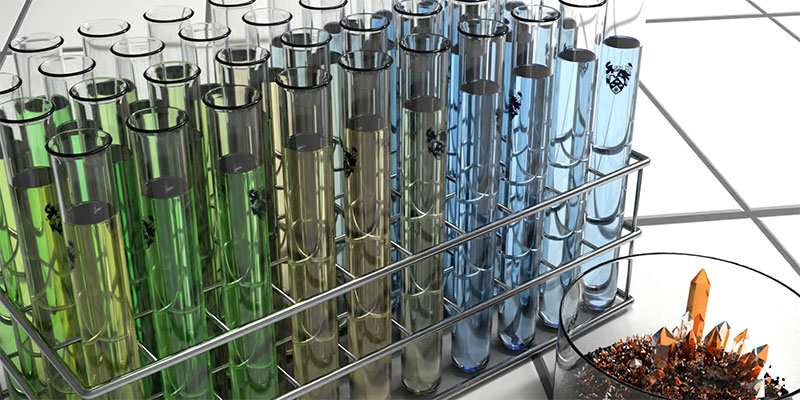
Inorganic Chemistry
Find out about our state-of-the-art equipment and facilities.
Staff
| Name | Expertise |
|---|---|
| Martin Bates |
|
| Duncan Bruce |
|
| Victor Chechik |
|
| Richard Douthwaite |
|
| Simon Duckett |
|
| Anne Duhme-Klair |
|
| Ian Fairlamb |
|
| Megan Halse |
|
| Jason Lynam |
|
| Alison Parkin |
|
| Robin Perutz |
|
|
|
| Paul Walton |
|
| Andrew Weller |
|
| Luke Wilkinson |
|
PhD projects
Explore the PhD projects currently offered by the Department of Chemistry.
